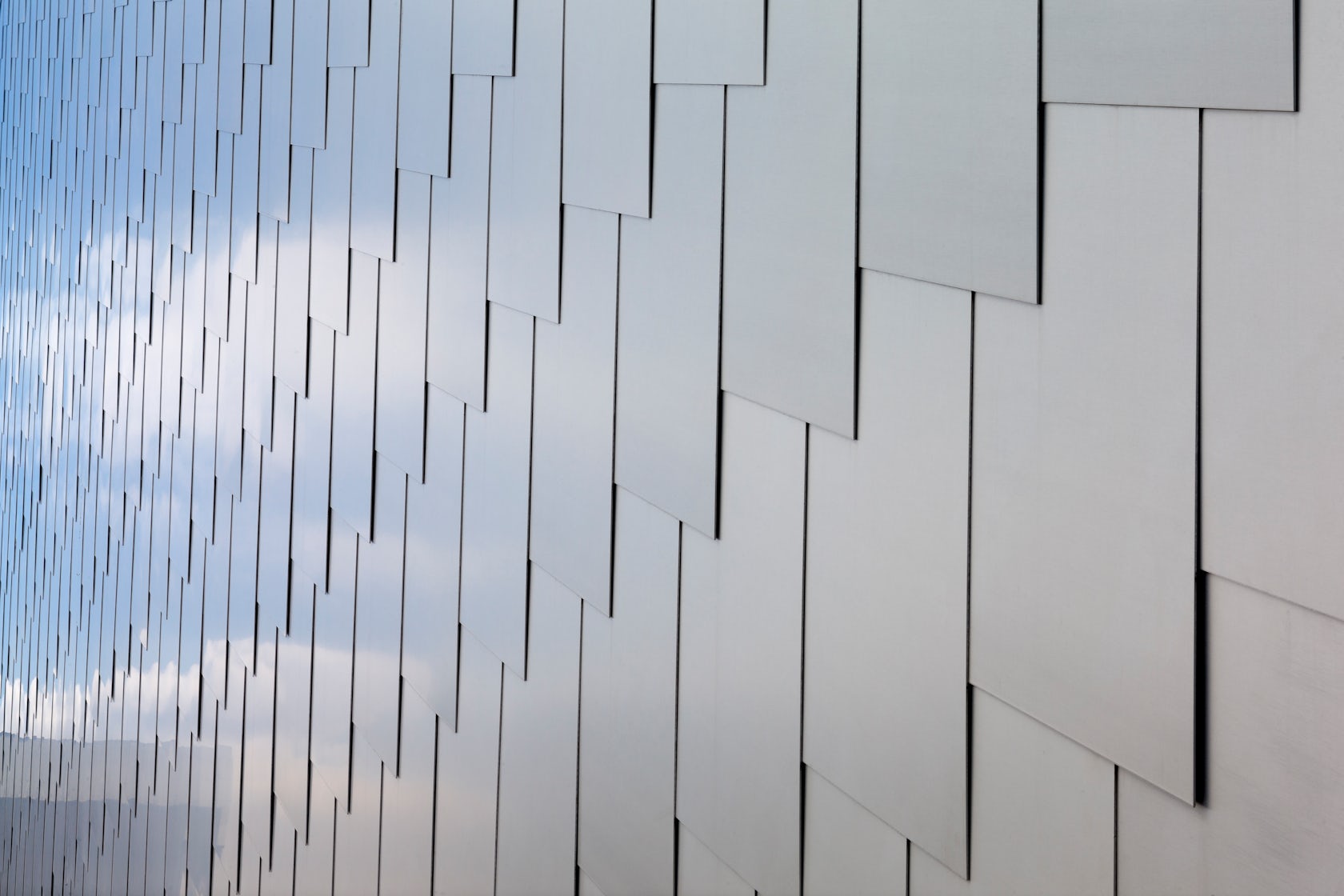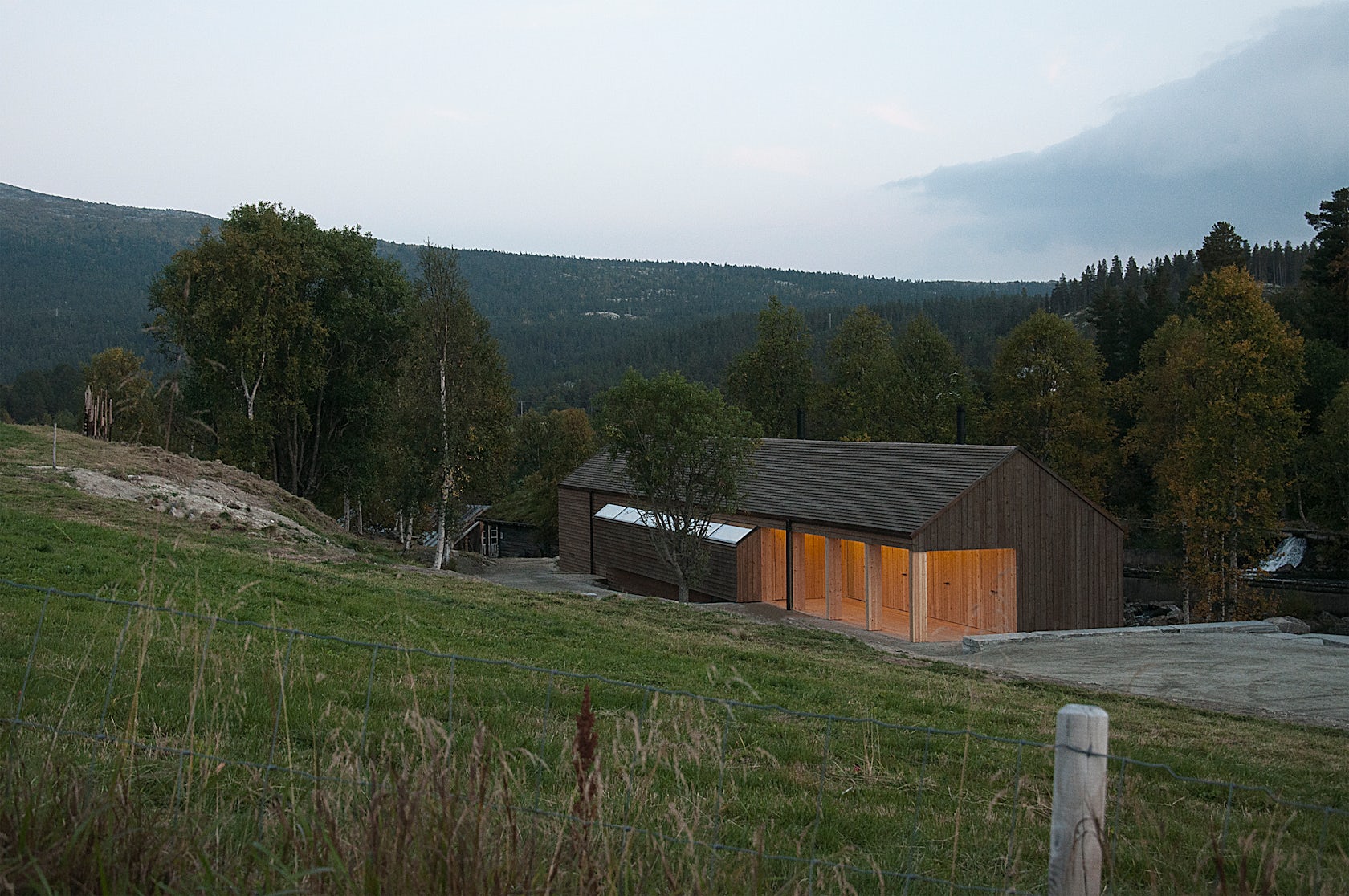Norwegian design is having a moment. The national government invested in several new projects, including new passports and banknotes, meant to celebrate the Nordic country’s unique visual identity and commitment to progressive design. The winning passport design, from the drawing tables of Oslo-based studio Neue, features sleek, minimalist images of the mountainous Nordic landscape; a UV light reveals the Northern Lights. The stunning images perfectly capture an austere, typically Nordic aesthetic and have received high praise in the graphic design world.
Meanwhile, architecture and design firm Snøhetta’s currency design features a minimalist yet boldly colored design on one side and black and white photographs of the Norwegian coast on the other. In 2017, these new banknotes will be in use throughout the country.
The selected designs point to a strong connection to nature, an affinity for minimalist design, and a willingness to experiment with progressive aesthetic devices. As Gørill Kvamme of Neue told the Guardian, “Design has a natural role in helping express what country or culture you are a part of.”
The same openness to visual experimentation — and affinity for cool minimalism — can be seen in art and design museums around the country. The architects behind these cultural institutions share a profound appreciation for nature; the surrounding mountains, sea, and ice are sources of constant design inspiration for new projects.

© C.F. Møller Architects

© C.F. Møller Architects

© C.F. Møller Architects
Sogn and Fjordane Art Museum by C.F. Møller Architects, Førde, Norway
The mountainside town of Førde’s ice-inspired museum is designed to reflect its surrounding landscape. Located near Jostedalsbreen, Europe’s largest glacier, the building resembles a block of ice that has slid down the surrounding mountains. The white glass façade is broken up by a series of angled lines that light up during dark winter days. Museum visitors can visit the open rooftop terrace and take in the stunning mountain range view.

© Adam Mørk

© Adam Mørk

© Adam Mørk
Porsgrunn Maritime Museum by COBE and TRANSFORM, Porsgrunn, Norway
The Porsgrunn Maritime Museum commemorates Norway’s economic shift from a primarily shipping-based economy to a knowledge economy. The building’s zig-zag shape and scaly aluminum surface make it stand out next to traditional Norwegian buildings. The unique façade design reflects the water and changes color with the weather.

© brethdelacalle & Partner

© brethdelacalle & Partner

© brethdelacalle & Partner
Sogn Kunstsenter by brethdelacalle and Partner, Lærdal, Norway
Set in between two mountains, this art space was designed to reflect to its picturesque landscape. Its smooth, wavy forms blend into the surrounding hills. As visitors walk further and further into the building, the ceiling increases in height. Designed with harsh Nordic winters in mind, the timber-clad structure is covered with mineral wool insulation, and the gallery walls are made of thermal concrete.

© L J B

© L J B
Atnbrufossen Vannbruksmuseum by L J B, Dovre, Norway
Situated next to the Atnbrufossen waterfall, this rustic museum is particularly in tune with the wooded landscape. The wood materials give this modern structure a rusted, more natural look. An opening in the surrounding trees lets light into the gallery space and warms the room.

© a-lab

© a-lab

© a-lab
Arctic Culture Center by a-lab, Hammerfest, Norway
Located in the world’s northernmost town, the Arctic Culture Center sits on the edge of the Northern Sea. The glass walls and open spaces give visitors an extended view of the waterfront.

© Harald Oren/Ringve Museum

© Harald Oren/Ringve Museum
Ringve Museum by LINK arkitektur, Trondheim, Norway
The modern, minimalist extension of Norway’s national music museum is designed to look like the resonance boxes found in many musical instruments. The large glass walls and industrial façade contrast with the adjacent original museum building.

© Steven Holl Architects

© Steven Holl Architects

© Steven Holl Architects
Knut Hamsun Center by Steven Holl Architects, Hamarøy, Norway
Dedicated to famous Norwegian author Knut Hamsun, this art center is located near his northern hometown above the Arctic Circle. The building design was influenced by Norwegian architecture of the past, including a black stained wood exterior reminiscent of old Norse churches and grassy rooftop garden inspired by old sod roofs.




